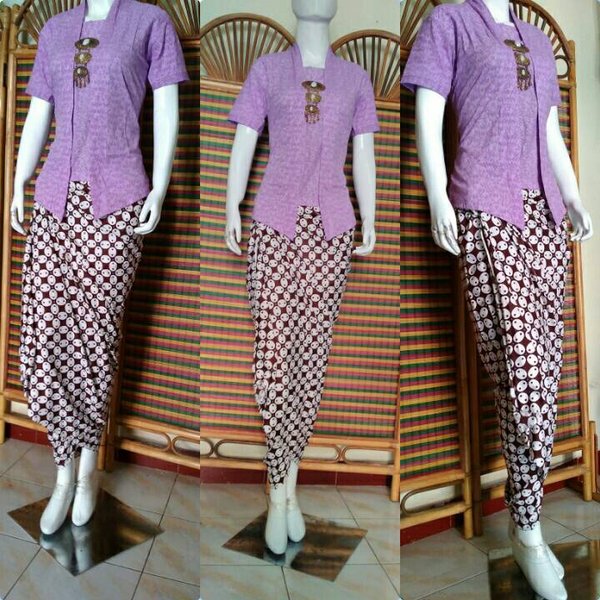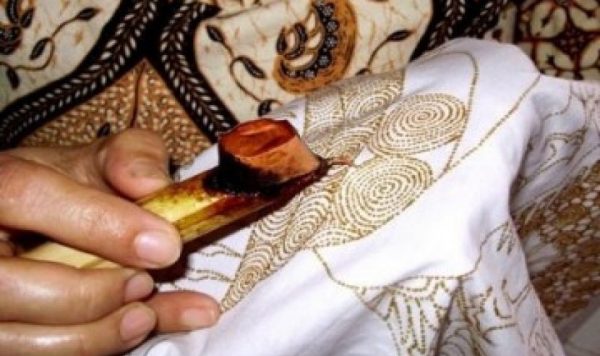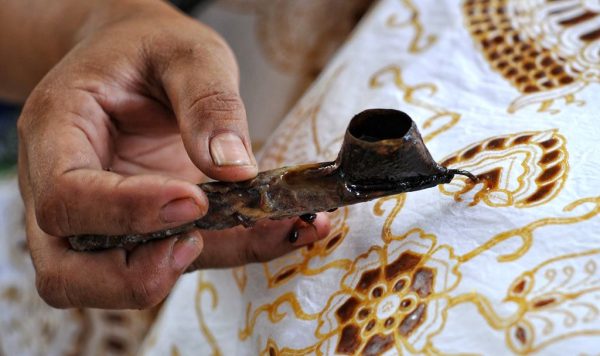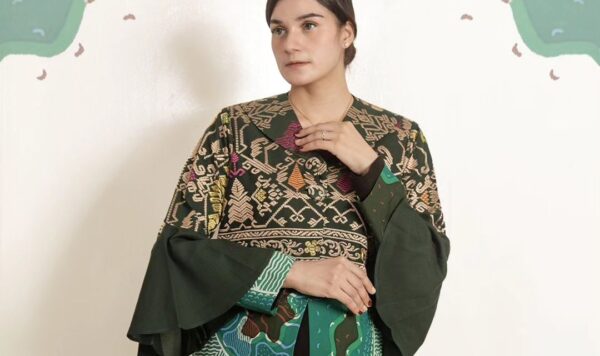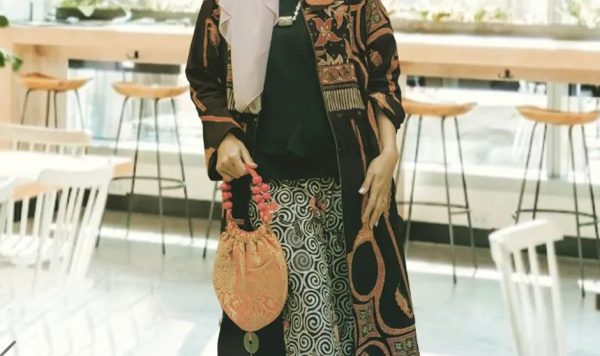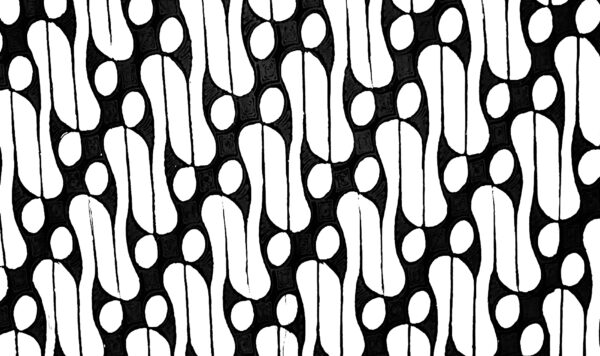Jarik is an Indonesian fabric that is very attached to the lives of Javanese people, especially Central and East Java. Jarik itself is a designation for Javanese fabrics that have batik motifs with various patterns.
In Javanese, jarik has the meaning ‘Aja gampang sirik’, or in Indonesian it means not to be jealous. When wearing a jarik, someone will walk carefully. Women will walk more gracefully and seem gentle when wearing jarik. Now jarik is only used during wedding days and events in the palace.
In the past, Javanese people used Indonesian cloth in their daily lives, ranging from being worn as a subordinate, baby bedding, baby carriers, to covers and cloth covers for dead people. Currently there are many more instant circulating baby carriers, but for some women, they are more comfortable carrying their children using jarik. In addition to the more cool fabric on the skin, the baby will also be more comfortable in a jarik sling which is more flexible because its use is adjusted to the child’s comfort.
Not only that, women who have just given birth are also encouraged to wear jarik so that their bodies are maintained to speed up the recovery process. In the past or even today, in Jarik villages used to cover the body from the chest to the knees or calves when they bathed in the river. Usually the jarik in Javanese is called telesan or means basahan in Indonesian.
Indonesian cloth measuring 2.1 x 1.5 meters or 2.5 x 11 meters has a variety of motifs that have different meanings depending on how they are used or the user’s social status. Famous motifs on jarik are sidomukti, sidomulyo, sekar jagad motifs, and several other motifs. In fact, jarik can describe someone from where because each region has the characteristics and motifs of each jarik cloth.
In today’s modern era, the function of jarik has changed a lot. Most Indonesian fabrics are only used for solid matching kebaya when attending a wedding or during graduation, as a scarf, or even re-sewn to make clothes or skirts.


